
Discover the average custom closet cost, including price ranges and key factors, to help you budget and plan your project with confidence.
Shelve your worries—a built-in closet has a 50% ROI


Home Value Rating: 3/5
Built-in closets yield moderate returns that you can maximize with the help of a pro.
The average return on investment (ROI) for a built-in closet is around 50%, amounting to $1,100 to $1,500 in resale value.
Location, closet size, materials used, and construction costs affect the total added value.
If you’re considering adding a new closet, you may wonder: do built-in closets add value to your home? Ample closet space is a hot-ticket item for many buyers, and homeowners should rejoice that, on average, they’re able to recoup more than 50% of the cost of adding a built-in closet.
Building a built-in closet costs $1,400 to $4,000 on average, which means you’ll see a return on investment (ROI) of about $700 to $2,000. Learn all the factors related to a built-in closet’s ROI to help you determine if it’s personally worth it for you.
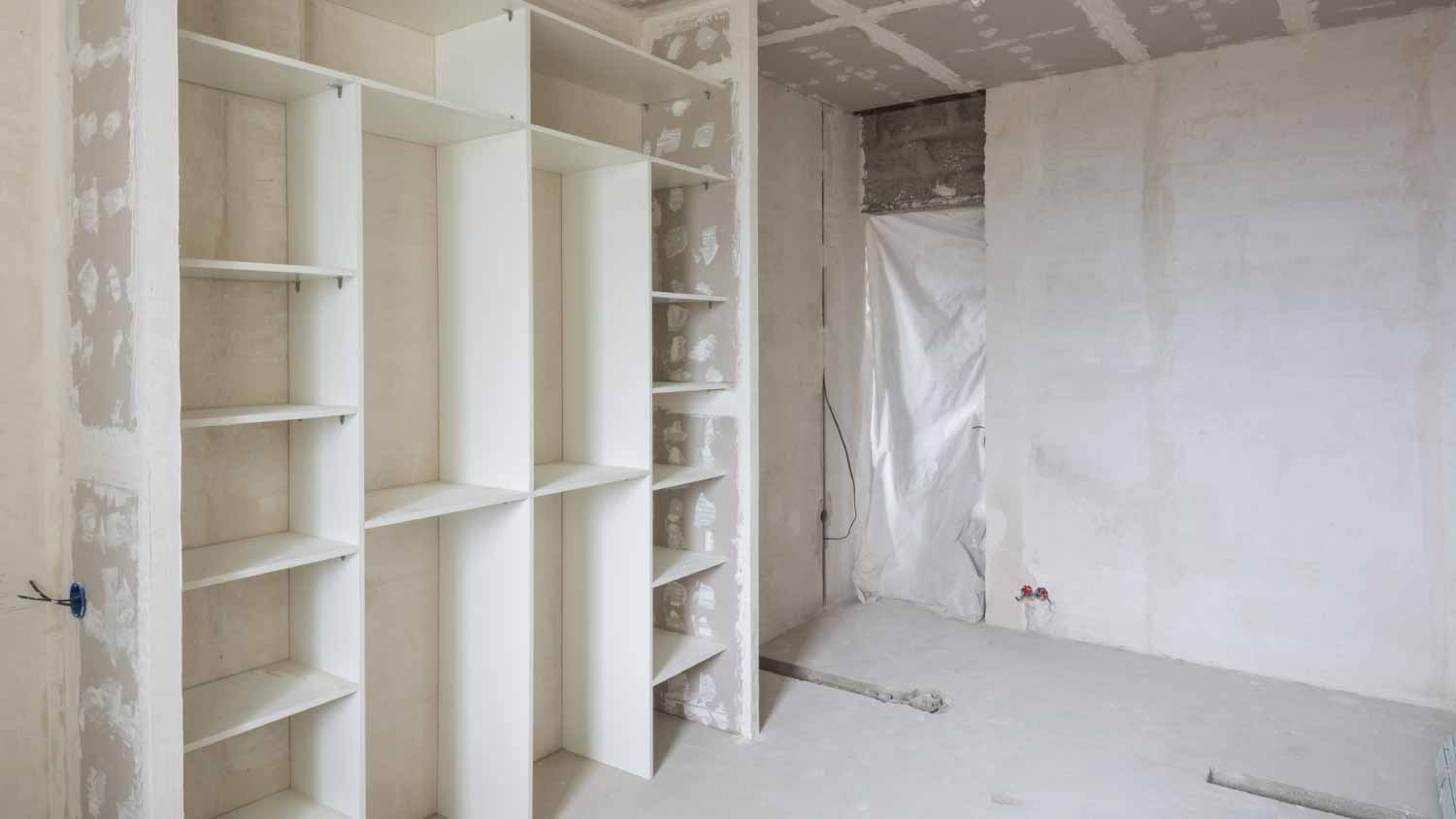
A built-in closet is a closet built into an existing wall. It doesn’t require a conventional door and doesn’t have enough room to walk in. Due to its unique design, a built-in closet can be constructed for less than the cost of a conventional walk-in closet. For this reason, many homeowners should consider a built-in over a walk-in, even if they lose the luxury aspect.
Location plays a role in the resale value of a built-in closet. The largest increases in ROI percentages will come in areas that have low closet space per square footage, such as in New York City and Miami. You may see ROIs over 60% in these areas as buyers are less likely to see significant closet space, which makes your addition extremely appealing. For many suburban areas where a house may be over 2,000 square feet, a built-in will result in a lower ROI—around 45% to 55%.
| Location | Expected ROI Range |
|---|---|
| New York, NY | 55%–65% |
| San Francisco, CA | 55%–65% |
| Los Angeles, CA | 45%–60% |
| Boston, MA | 40%–60% |
| Nashville, TN | 35%–55% |
| Pittsburg, PA | 35%–55% |
| Tulsa, OK | 30%–50% |
| Jacksonville, FL | 30%–50% |
Built-in closets offer many of the storage options of a walk-in without the requirement of floor space to walk through. This keeps costs relatively low, but they are still more expensive to build than simply rehabbing an existing closet. The values below represent the resale value for a mid-range built-in.
| Closet Size in Square Feet | Average Resale Value |
|---|---|
| 15 | $800–$1,050 |
| 25 | $990–$1,350 |
| 30 | $1,300–$1,900 |
| 40 | $1,950–$2,600 |
| 60 | $2,550–$3,900 |
A well-designed closet is more than just a place to store your wardrobe—it's a lifestyle feature that can influence buyer decisions and increase your property value. The space efficiency and layout of your built-in closet can greatly appeal to home buyers looking to maximize their storage and dressing needs.
There are not many types of built-in closets. However, there are aspects to consider when building, such as whether the closet will be built in a corner, what it’s used for, etc. Primary bedroom corner or full-wall built-ins will use more luxury materials, while a utility built-in in a mudroom will be bare bones.
Luxury houses may also install built-in closets for items other than clothes. Such closets can contain cigars, wine, memorabilia, sports supplies, and safes. Of course, these types of custom closets cost much more than the values expressed above.
Building your own built-in closet isn’t an ideal DIY project. It’s complicated and involves demolition work, proper measurement, and familiarity with the materials used. You’re better off talking to a local closet-making expert to determine the scope and price of your built-in closet project.
The last thing you want to do is forge ahead with a DIY install, make a mess of the work, and have to hire a professional later. The lost time and sunk money significantly eat into your ROI.
Construction costs and materials make up the bulk of the project cost. The decisions you make here can greatly affect your ability to recoup your investment down the road. A good example would be the type of wood you choose for the built-in. Mahogany looks great but is expensive, and you may not make the same percentage back when compared to using a less expensive wood, like pine.
While you may have a lot of leeway when choosing materials, you don’t have much space to negotiate labor costs. While every percent point saved is one you gain in value, don’t push your contractor too hard for a discount. Even a 5% reduction in labor costs should be seen as a win.
Built-in closets aren’t exactly edgy, which makes them a good investment. People will always appreciate more closet space and if installed correctly and tastefully, you should see a consistent ROI year after year. Certain other home projects are more trendy—like designer bathrooms—and may see more volatile long-term fluctuations in ROI due to them going in and out of style. The good news is built-in closets are considered a stable investment and should see solid ROI, regardless of current trends.
A built-in will cost more than the price of a closet remodel, but not by much. Estimating the added value comes down to adding up the total cost of the project (or taking the final bill or quote) and multiplying it by the assumed ROI based on your location and materials. It’s very rare that two built-ins will result in the exact same ROI.
Here are some steps you can take to estimate the added value of a built-in closet:
Ask your contractor about other properties. Chances are whoever you hire will have worked on similar projects, often for home flippers. They may know exactly how much value the homeowner was able to achieve when they sold.
Consider market demand. Some areas of the country will have a higher demand for closet space than others. A 4,000-square-foot mansion in Texas in a nice neighborhood may not see as high an ROI as a small condo in Chicago. The larger the effect of the built-in, the higher the ROI.
Get appraised. If it’s been some time or you have an appraisal in your budget, hire a property appraiser to value the home and compare it to the value before the built-in was added. Make sure to point out the work that was completed.
Built-in closets, for average homes, will cost between $1,400 and $4,000. This means that for an average build, homeowners can expect to see a resale value of $700 to $2,000 on their built-in closet. Increasing in size and adding luxury materials and elements like original wood, recessed lighting, and expensive doors can increase both the value before and after resale (percentages vary based on materials used).
If you live in your home and have no plans to leave, a built-in closet can seriously increase your storage space. For those looking to increase the value of their homes, a built-in will do more to attract buyers than its impact on your home’s monetary value. We recommend that those considering installing simply for the purpose of increasing home value consider other projects. Those looking for the benefits of more space, however, should absolutely consider it.
If you're planning to move in the next year or two, a remodel may not be worth the time, money, and work required. However, if you plan on enjoying your home for several more years, remodeling your dream space will be well worth it.
Home is the most important place on earth, which is why Angi has helped more than 150 million homeowners transform their houses into homes they adore. To help homeowners maximize the value of their investments, we gather ROI data from reputable sources, including industry reports, real estate studies, and interviews with market experts. We calculate the average resale value for projects by multiplying the ROI against the project’s average cost according to our cost data, which is sourced from thousands of real Angi customers.
Want to help us improve our data? Send us a recent project quote or home appraisal value to [email protected]. Quotes and personal information will not be shared publicly.
From average costs to expert advice, get all the answers you need to get your job done.

Discover the average custom closet cost, including price ranges and key factors, to help you budget and plan your project with confidence.
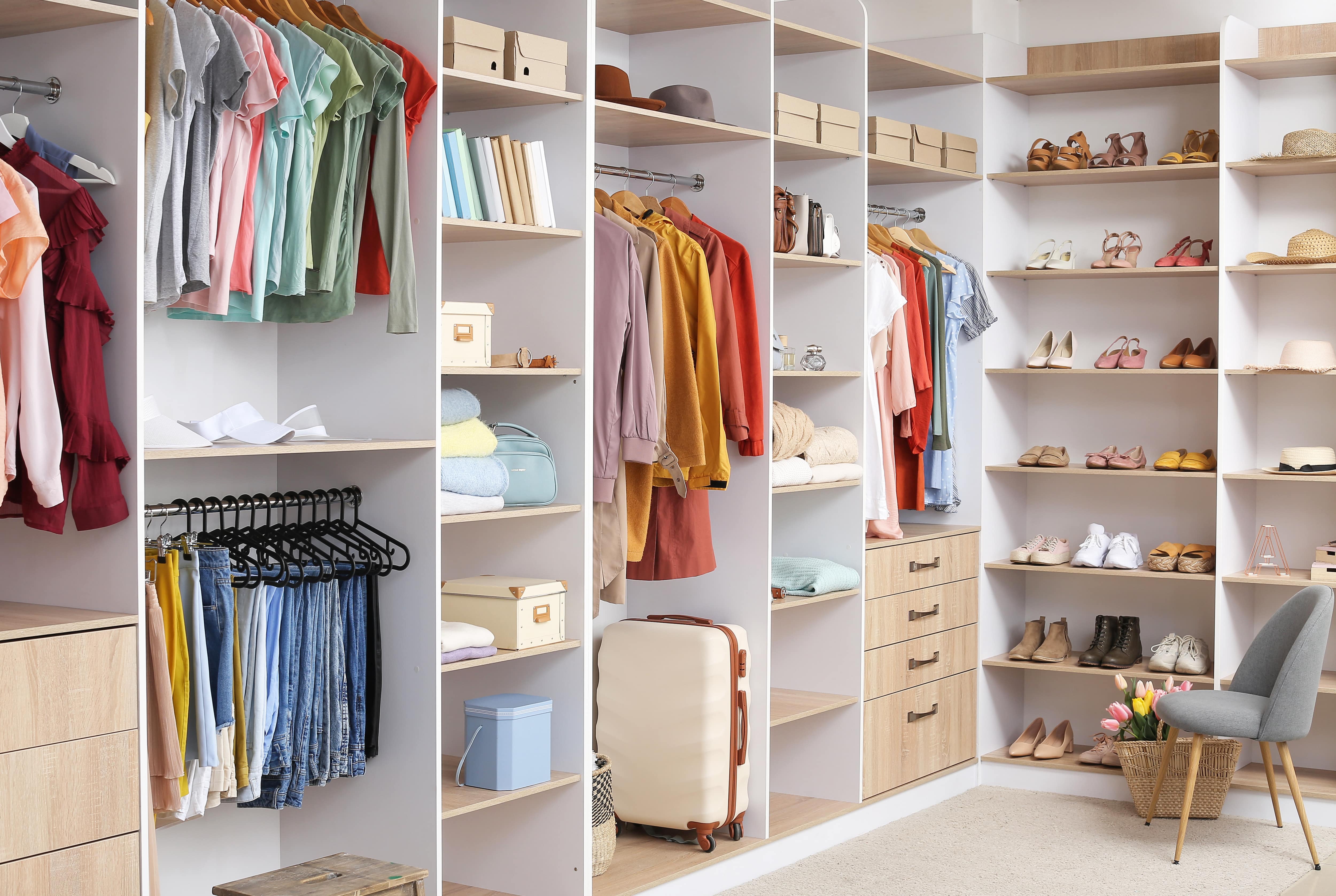
Discover the cost to hire a professional closet organizer, including average prices, cost factors, and tips to help you budget and maximize your investment.
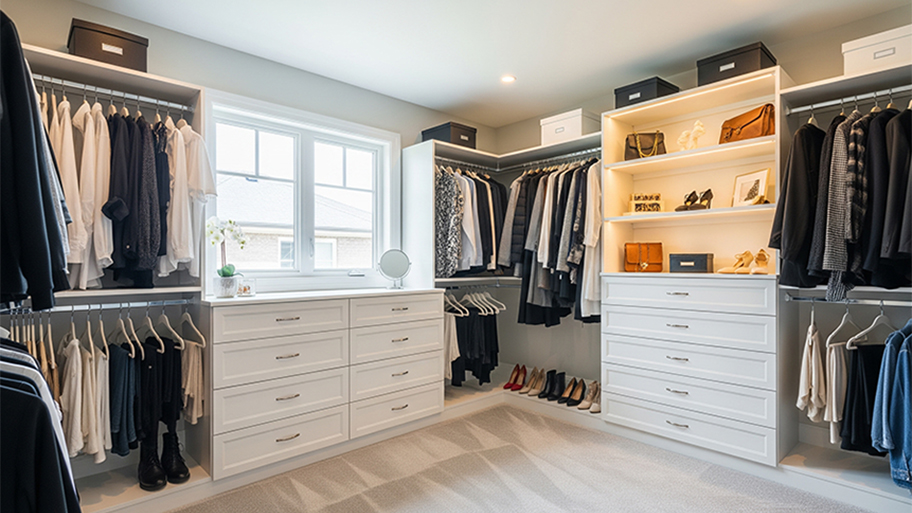
The cost of a closet remodel depends on the closet size, materials used, and the level of customization. Learn what else influences your closet remodel cost.
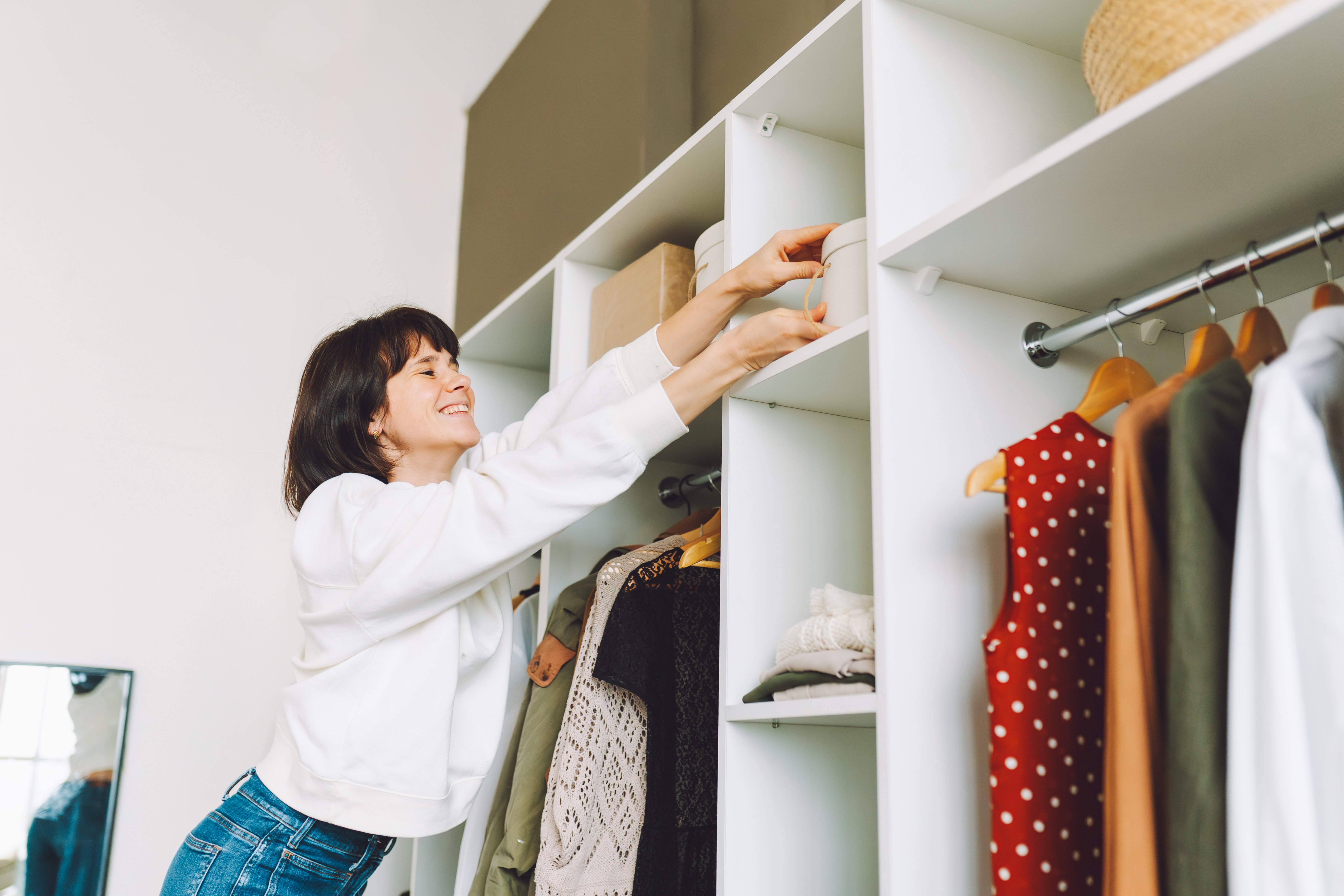
Most homes tend to have regular closet doors, but if you’re looking for something different, look into these closet door alternatives.

Comparing whether a built-in wardrobe or a walk-in closet is better for you involves understanding your storage needs. Learn more about your options.
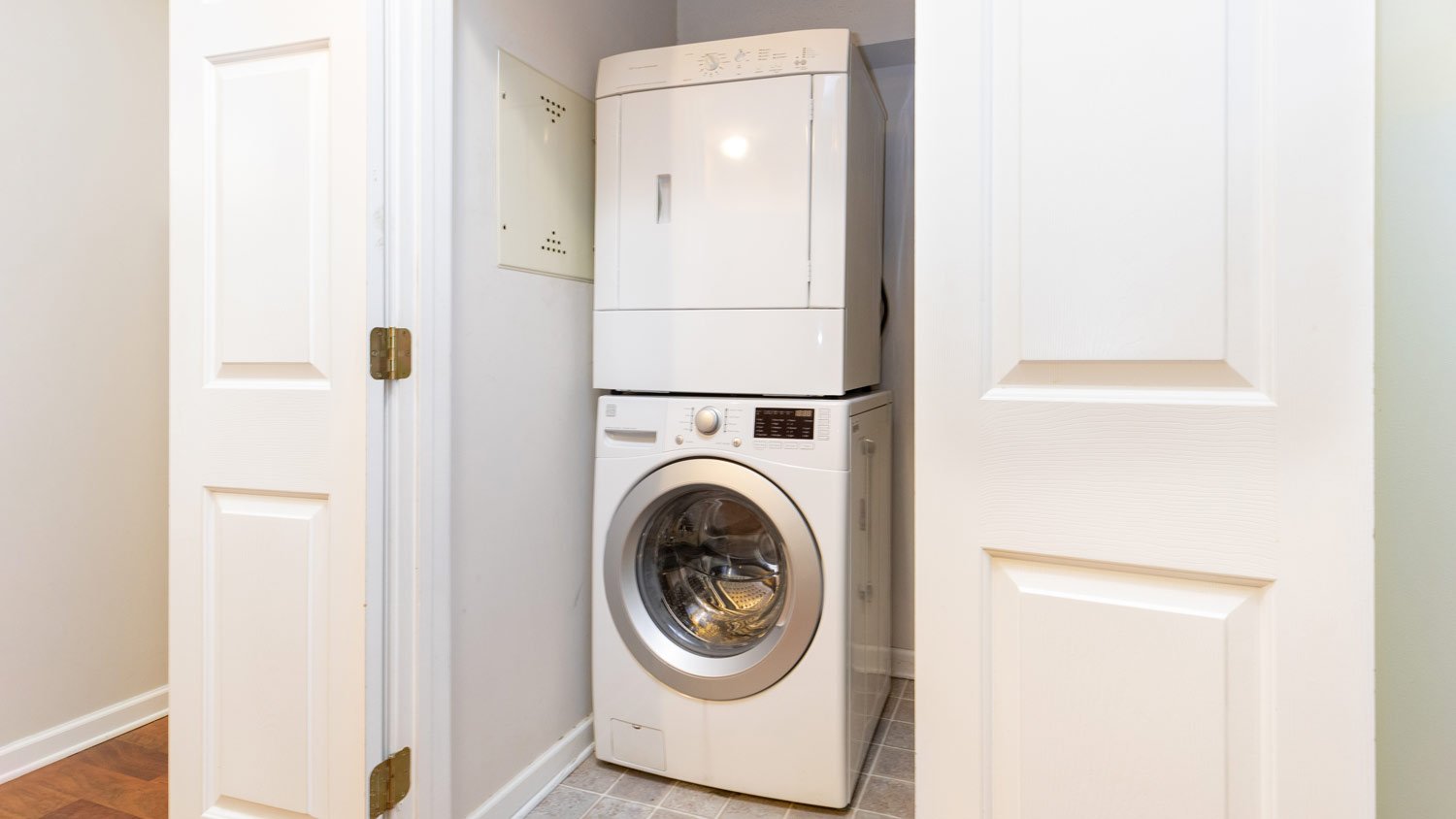
A washer and dryer closet is a convenient laundry solution. We explore common washer and dryer closet dimensions so you can choose the right one for your home.